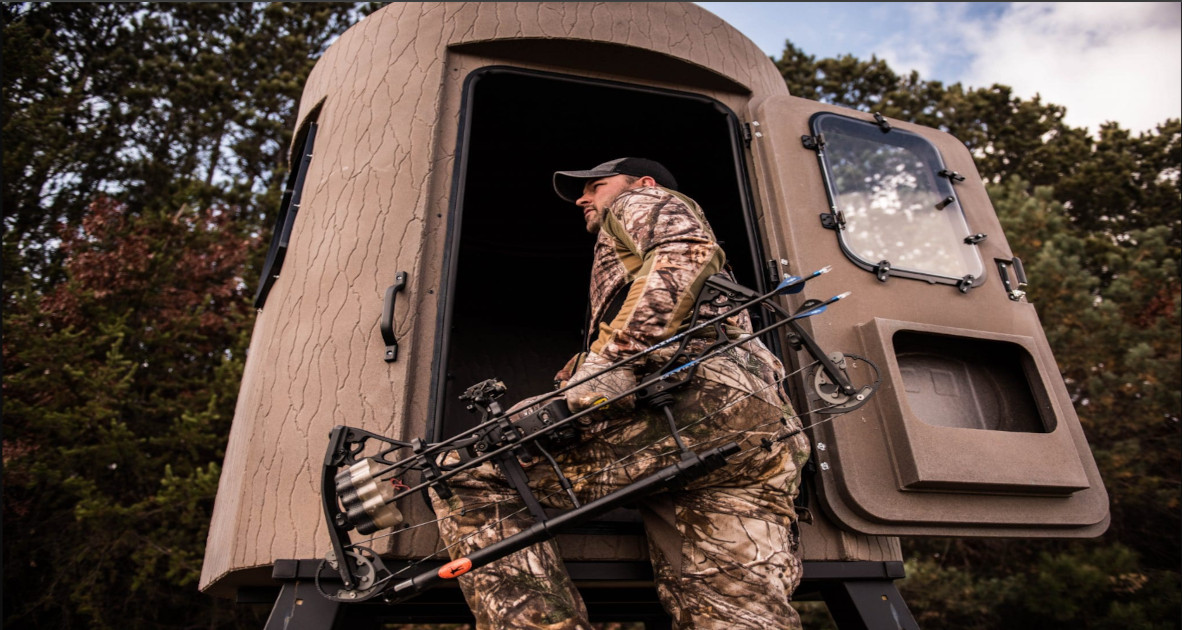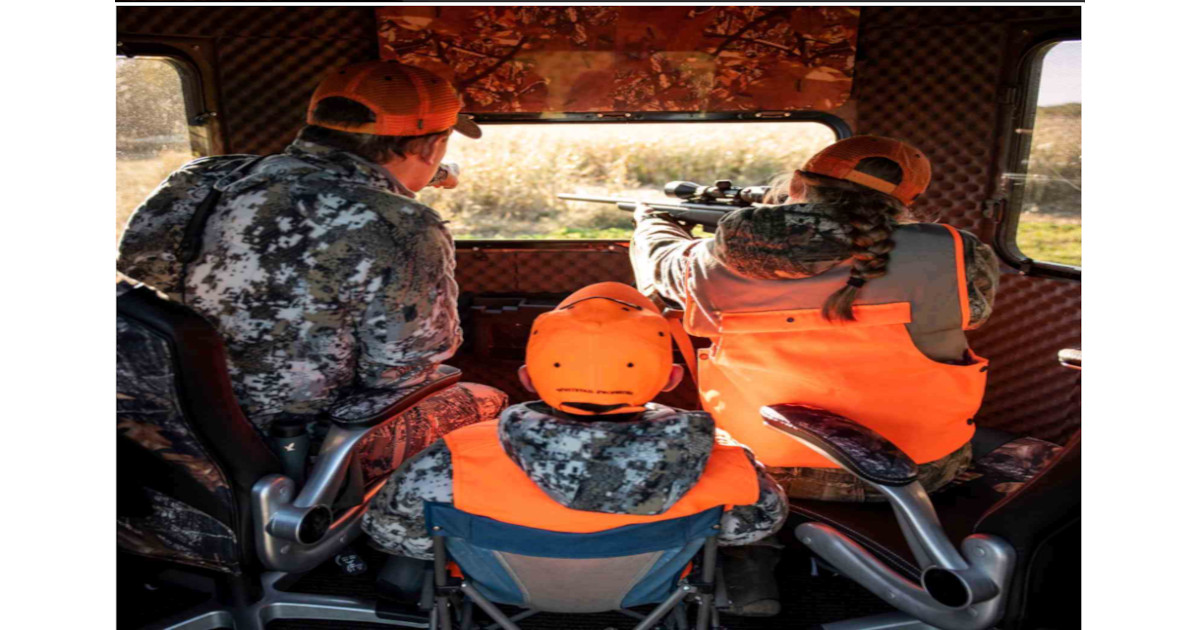Using a Hunting Blind
Posted by Steven on December 12, 2024
 When it comes to hunting, preparation and strategy are key to a successful hunt. One of the best tools for hunters is the hunting blind, a versatile and comfortable solution that can improve your chances while keeping you safe and concealed. Hunting blinds provide shelter from the elements, comfort during long sits, and security that a treestand may not offer. However, just like any piece of hunting gear, how you use it matters. Misusing a hunting blind can ruin an otherwise great hunting opportunity. To help you make the most of your hunting blind, here are some essential tips to keep in mind.
When it comes to hunting, preparation and strategy are key to a successful hunt. One of the best tools for hunters is the hunting blind, a versatile and comfortable solution that can improve your chances while keeping you safe and concealed. Hunting blinds provide shelter from the elements, comfort during long sits, and security that a treestand may not offer. However, just like any piece of hunting gear, how you use it matters. Misusing a hunting blind can ruin an otherwise great hunting opportunity. To help you make the most of your hunting blind, here are some essential tips to keep in mind.Set Up in Advance
A hunting blind may be hard to set up someplace the deer won't see it. If hiding the blind is impossible, place it somewhere months before the hunting season. Assembling the blind the summer before the season starts allows the deer to get used to it. They will be so familiar with the sight and smell of it that they will not pay attention to it. Location
As mentioned above, it is best to place your blind somewhere early, but this is not always possible. Another factor to consider is the location of your blind. It should be placed within range of the trail or food source you are hunting while staying out of the deer's field of view. Take the time to figure out where the deer approaches.
After you figure that out, place the blind back 5 to 10 yards into an adjacent cover. You also need to consider wind direction to keep deer from smelling you. Choose a location with built-in obstacles that prevent deer from smelling you. This could be in a field close to a steep drop, a thick area, or water.
Lastly, make sure the blind is placed somewhere quiet. Remove any branches, vines, or dead leaves that could make loud noises.
Camouflage
Camouflaging your hunting blind is the last step to prevent the deer from spotting you. The easiest way is to build a blind out of natural elements like sticks, brush, and grass. A homemade blind will not provide as much protection from the elements as a manufactured blind. If using a hardcover blind, consider a ghillie cover to hide your hunting blind. If you add natural camouflage around your blind, use a material that makes sense. Inside the Blind
Once inside the blind, keep the noise and your scent down. Keep the blind clear of debris to avoid tripping or stepping on something. Keep sunlight from leading into the blind because it will illuminate you and scare deer away. Keep windows sealed to keep noise and scent from leaving the blind. Food and water should be packed in packaging that won't make noise. Also, wear clothing that is not too shiny or makes noise.
Using a mat in your blind helps keep the noise down while walking. Use a hunting blind chair to sit for a long time.

Conclusion
When used correctly, a hunting blind can be a useful and comfortable way to hunt game. To avoid detection, set the blind up early so the deer get accustomed to its sight and smell. Aim for a location that keeps the blind hidden. Use a ghillie cover or natural elements to cover your blind. Once inside the blind, take the appropriate steps to stay quiet and out of sight.
Following these steps increases the effectiveness of your hunting blinds.